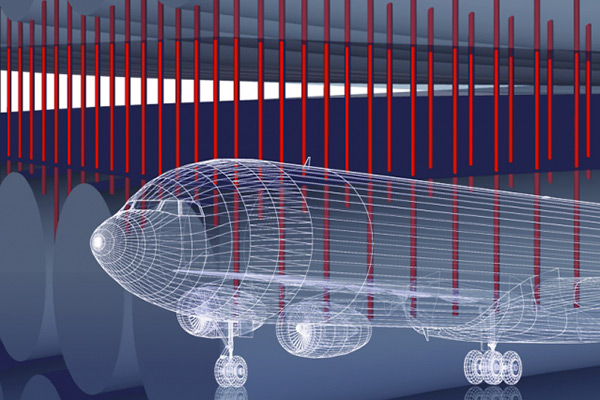Carbon nanotubes for stronger and lighter aircrafts
8/9/2016, Milan Šurkala
Aircrafts are usually made of advanced composite materials that are very light and relatively durable. Even though the durability is fine, researchers are trying to develop materials that are even better. Nanotubes can solve that.
Aluminium is a material that was usually used in aircraft industry because it is light and durable. But there is still a need for even lighter materials and, therefore, composite materials are replacing aluminium. Because of these materials, planes can be up to 20 % lighter and that lowers the consumption and running costs. On the other hand, these composite materials can crack easier than aluminium although they are overall quite durable.

MIT researchers are trying to solve that problem and bring a new material that is as light as other composite materials but is concurrently less prone to cracking. And they have found the way. The solution is formed by very tiny carbon nanotubes that are between layers of carbon fiber composites. They are aligned vertically and form something like a scaffold between these layers.
Such a material is 30 % stronger than ordinary composite material without these nanostructures. The nanotubes in polymer matrix are only 10 nanometres in diameter and are glued between each layer of composite laminate. It is similar to nails in wood or threads in fabric. In comparison with them, the nanotubes are much smaller and do not damage the composite layers.
Because of this technology, engineers can create lighter (more economical) and/or stronger aircrafts. This work was supported, for example, by Airbus, Boeing, Lockheed Martin, Saab AB or U.S. Army.
Source: news.mit.edu




.jpg)

.jpg)



